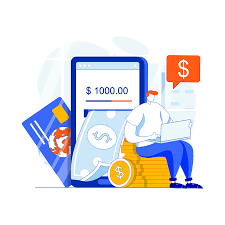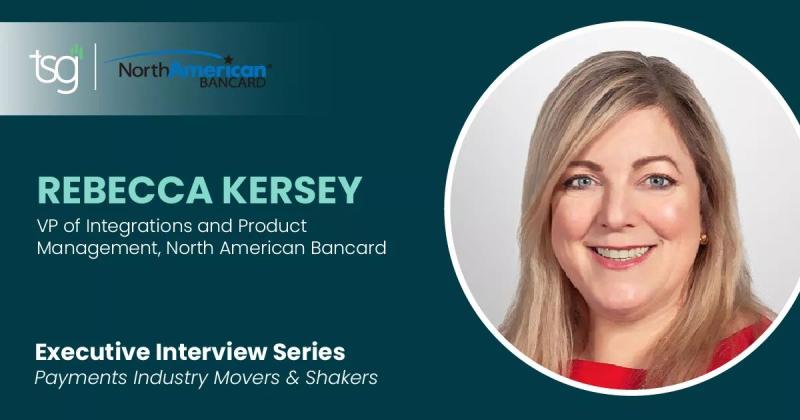If you are a software provider thinking of ways to bring in new revenue one of the top solutions is to add payments to your platform.
There are a number of ways you can increase your revenue per customer by monetizing payments on your software platform. Not only does adding payments help increase revenue but it can also add value and stickiness for your customers.
Let’s explore the ways payments can be monetized and show you that money!
Payment as a service
Payment as a service is the most simplest method of acquiring revenue from the payment flow. You simply bundle the payment service as a fee into your already existing service package. Another way is to offer payments as an add-on to your current services. The benefit of combining payments into your current service package is that if your customers trust your software you have now transferred that trust into the payment service..This method gives merchants the perspective that not every transaction has a high cost. However this is not exactly true as flat rate pricing which this method creates is often the highest cost for merchants accepting payments and thus a greater revenue to your services.
The limitations of payment as a feature method is that transactional volume must be well known otherwise your payment cost can be excessive. To avoid this limitation many software providers charge a tiered fee based on the transactional volume.
Revenue Share
If you are adding payments to your platform you can generate revenue by simply sharing in the revenue of the payment processor. There are few ways that this can be achieved:
- Referral Model – A one-time fee issued for each customer you refer to the payment processor. This is a simple process but it does not drive the greatest revenue to you.
- Revenue share of payments that run through your platform – Acquiring a percentage of the volume of payments processing on your platform. This revenue share is normally calculated in basis points since the share is small. This is because the payment processor incurs the costs and ultimately wants to keep as much of the profit as possible. If your platform does process a high volume of payments then even a small basis point can reap large revenue.
- Revenue share of the referral – This modle is a combination of both methods where you would receive revenue for the customer you refer which then processes on your platform. You additionally receive revenue for the processing that the customer conducted on other platforms through the payment provider.
The challenge is making a solid negotiation that actually benefits you for the overhead of managing the revenue share partnership. As the software provider you will need to ensure that the mechanisms for reporting on the referrals are accurate and not to solely rely on what your payment processor reports.
Convenience Fee
Adding a convenience fee to each transaction is a simple way to capture payment revenue. This fee is then paid to you directly and the merchant gets the net of the transaction. Many merchants then off-set this convenience fee to their customers. However in highly competitive and price conscious industries it can be hard for the merchant to off-set the fee to the customer.
White-labeled or Reselling Payments
White-labeling or reselling payments has the large revenue benefits and this is why it is the most sought after model. There are also other advantages the model provides the software provider regarding, greater control and visibility of the merchant’s transactional data, ability to set a high mark-up and the reduction of having to work with multiple payment providers. There are a few concerns that must be addressed if you are going to white-label or resell payments in a Payfac type model. There can be a large amount of regulation, cost, PCI and risk compliance required. These costs can be hefty but the revenue can outweigh those costs if you structure these needed processes correctly.


